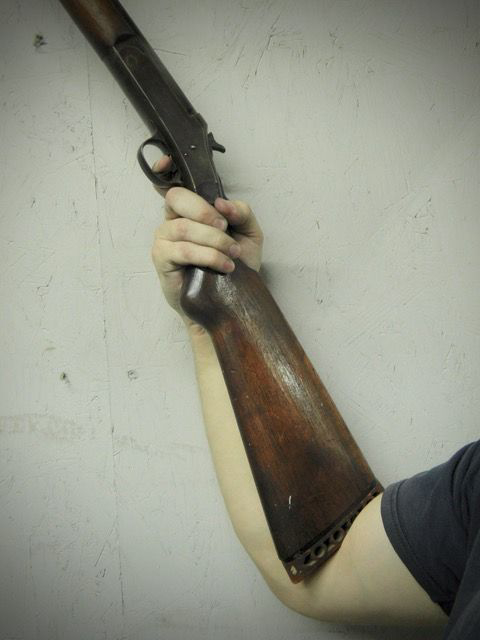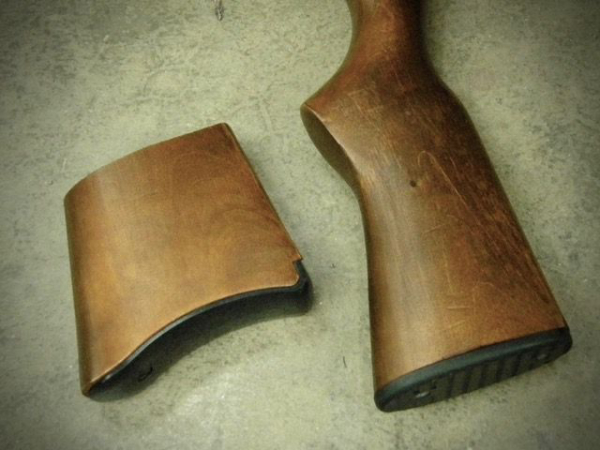For long guns, success begins by ensuring the firearm “fits.” A critical part of this is “length of pull,” which is the distance from the butt of the stock to the trigger. This ensures the gun is properly seated in the actual pocket of the shoulder, and the shooter’s trigger finger is properly positioned on the trigger for a smooth press. It’s also key to acquiring a good sight picture efficiently. This is especially true for younger shooters and those smaller in size.
John - a neighbor, friend and fellow shooter – is equipping his son with firearms. Yesterday he dropped off a stock for a Ruger 10-22 to be shortened. With his son holding the rifle John measured for L.O.P. The stock needed to be shortened by 3 ½”.
“Well sure,” you say, “it’s for a really small person.” The problem is, most stocks sold are too long for the majority of shooters who buy them. “Tactical” stocks are normally adjustable for L.O.P. by having a series of spacers between butt plate and the butt of the rifle or actual adjustable sections made into the stock. If you have a “regular” stock, chances are it’s going to need to be shortened.

To determine the proper length of pull, position the butt in your elbow. Hold your trigger finger as if pressing the trigger, and measure how far behind the actual trigger the finger is. Now, you know how much the stock needs shortening.
Chopping down the stock changes its shape at the butt, so you’ll probably need a new butt plate. Brownells carries a variety of different styles, both solid and rubber. Rubber will reduce some of the felt recoil, but for me it’s a little too sticky, constantly grabbing onto my clothing -- especially with bulkier cold weather apparel. (The type of clothing you wear will also influence L.O.P. ) I prefer a solid butt plate, with a nice radius on its edges. You can also make your own plate. Even if you are using “arm-strong” powered hand-tools it’s not that difficult.

I use tape to mark my cut lines. While cutting make sure you’re staying perpendicular to the center line of the stock; this will reduce the sanding required to get it flat and level. Once it’s cleaned and squared up, determine where your screws will be located to hold the new butt plate. Take that measurement and transfer it to the new material – I normally use G 10, which is lightweight and sturdy - and drill your holes in the plate first. You’ll use it as a template to mark and drill the stock. Attach the plate to the butt to scribe your lines for the final shape. Remove the excess material and put a nice radius on everything.
Length of pull is often overlooked on long guns. It makes a huge difference. An improper L.O.P requires you to fight the gun. A properly adjusted stock makes shooting a dream, and improves your results.
Tiger McKee is director of Shootrite Firearms Academy. He is the author of The Book of Two Guns, AR-15 Skills and Drills, has a regular column in American Handgunner and makes some cool knives and custom revolvers. www.shootrite.org or visit Shootrite’s Facebook page for other details.